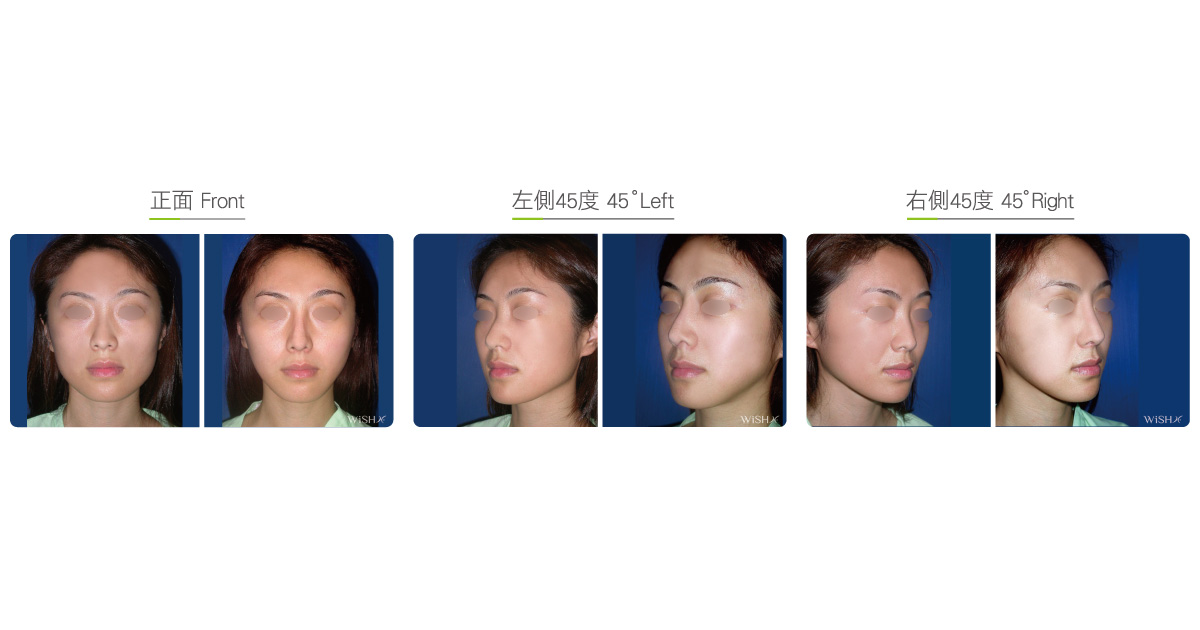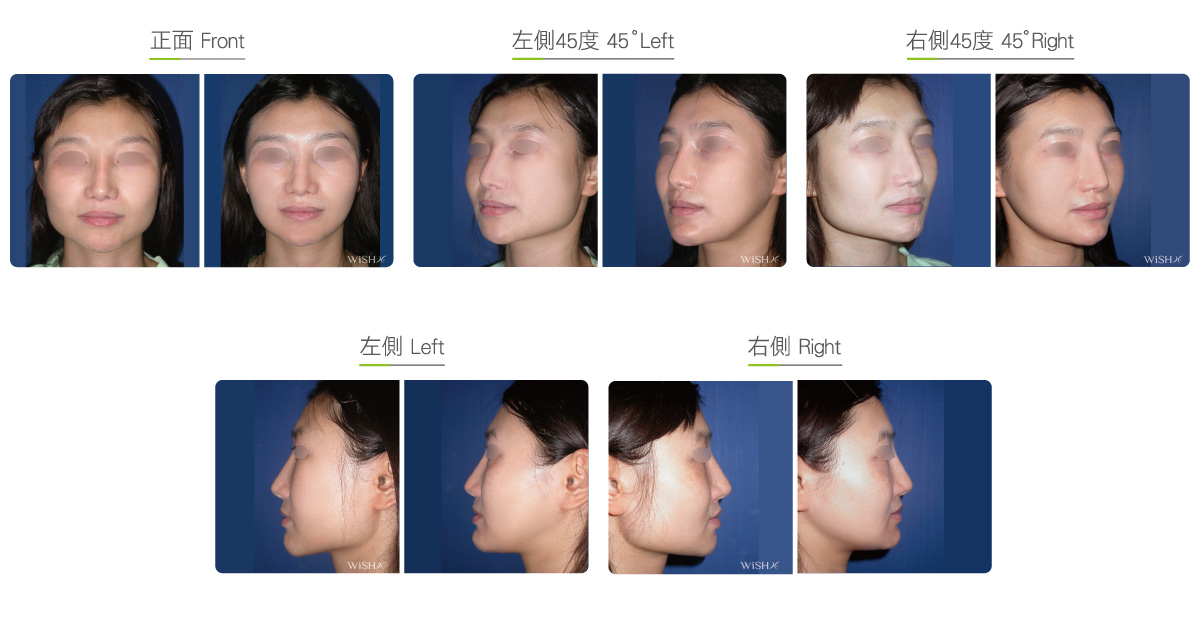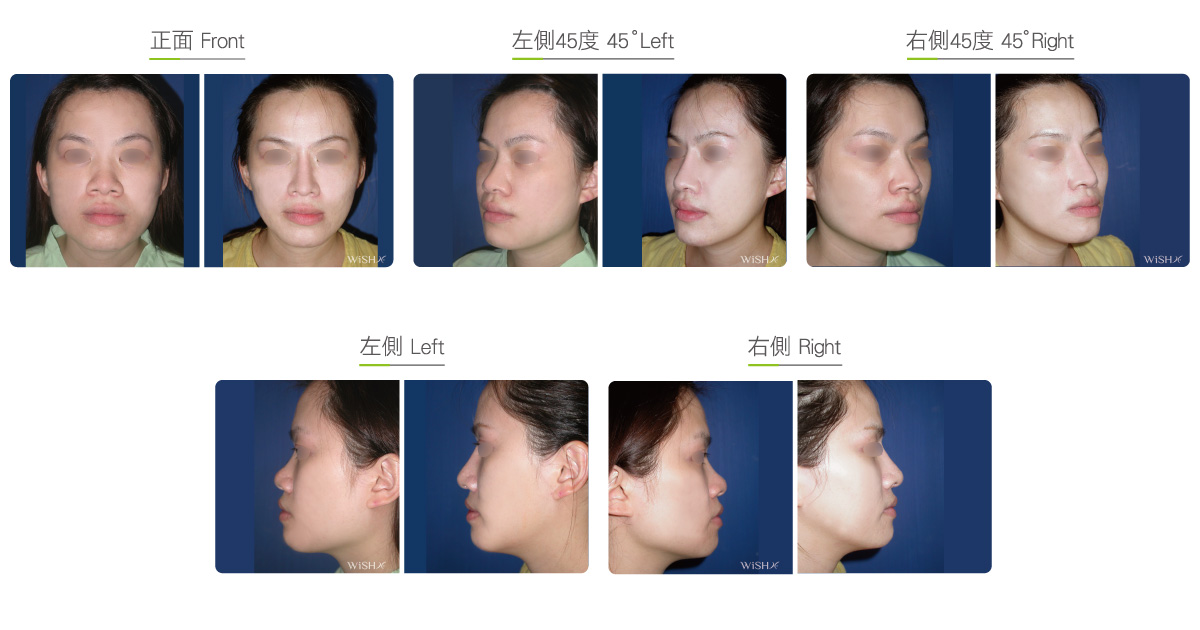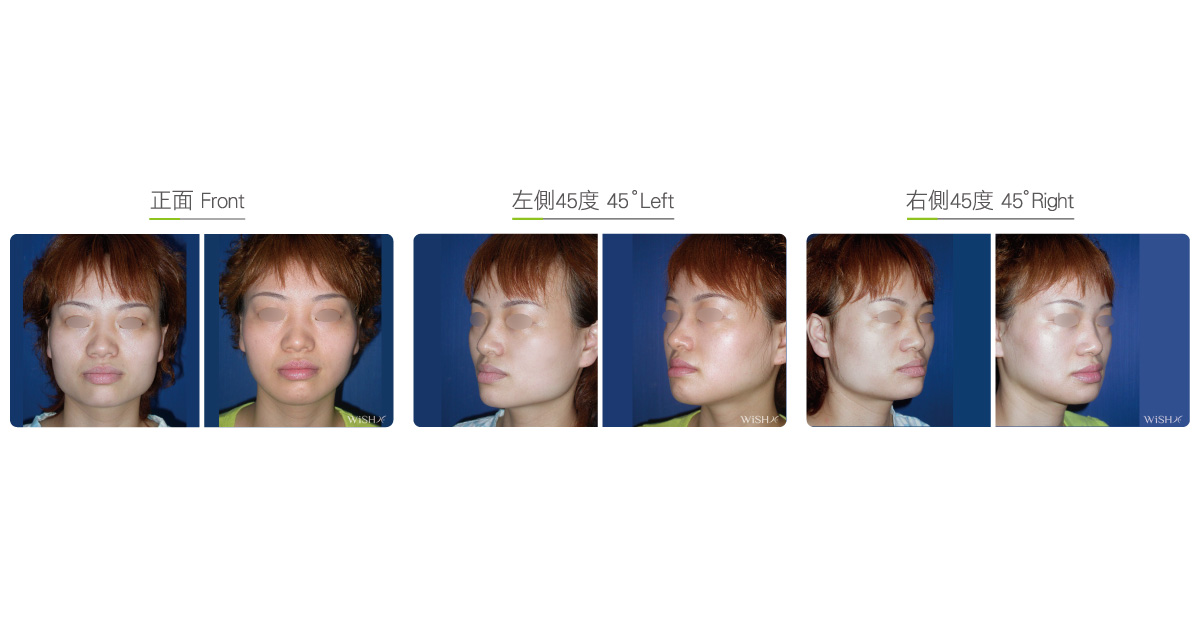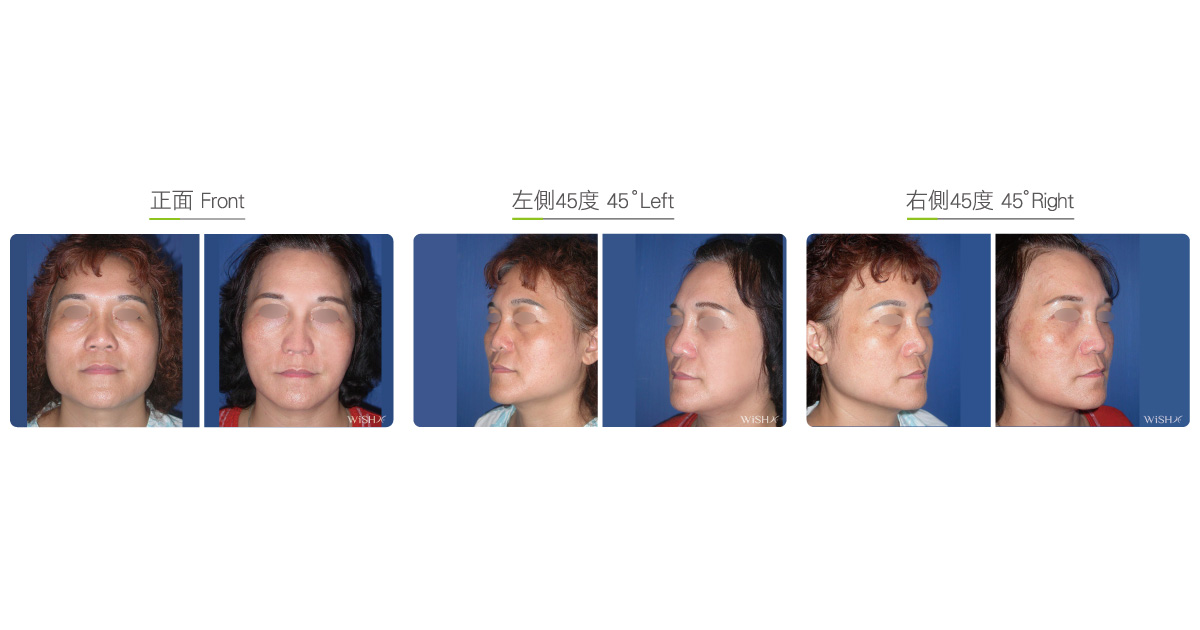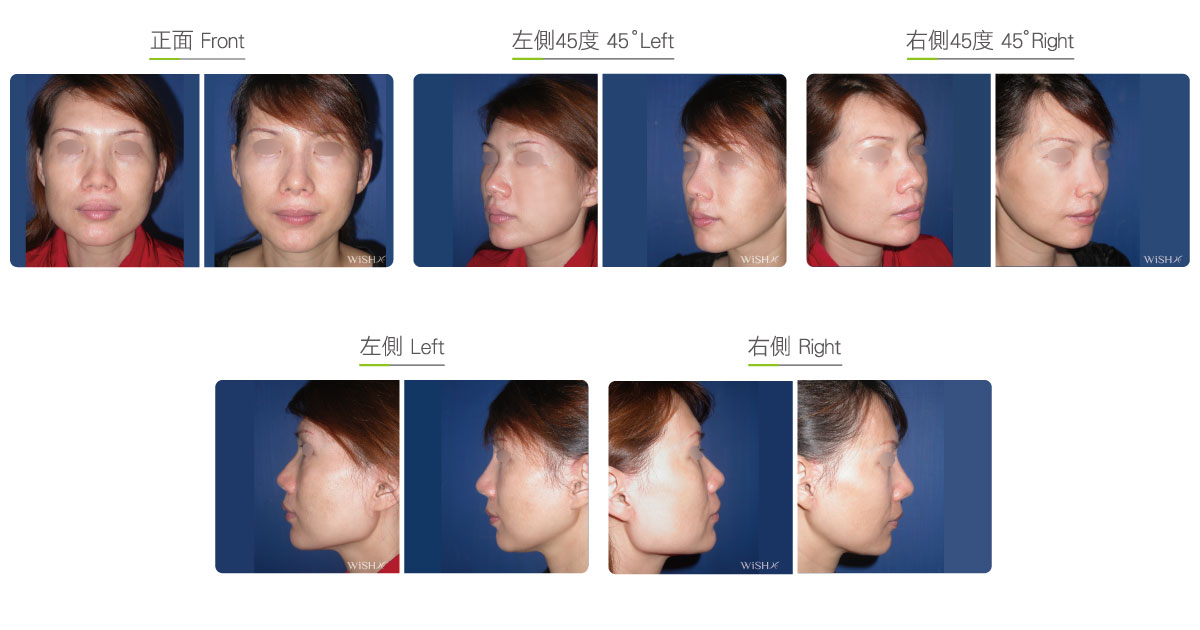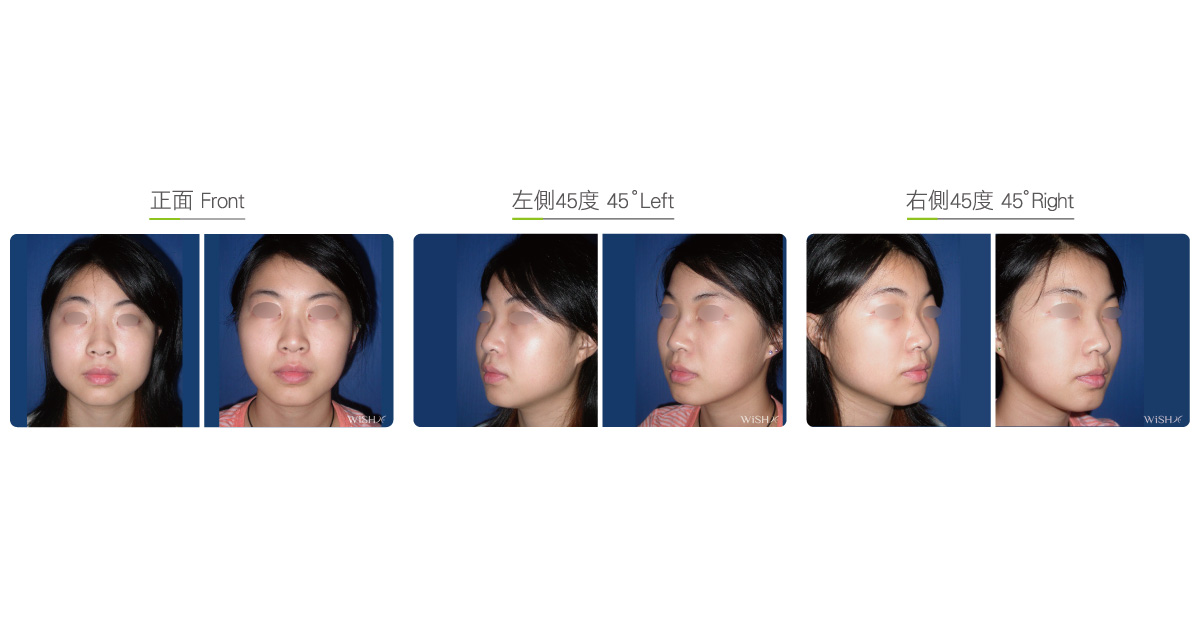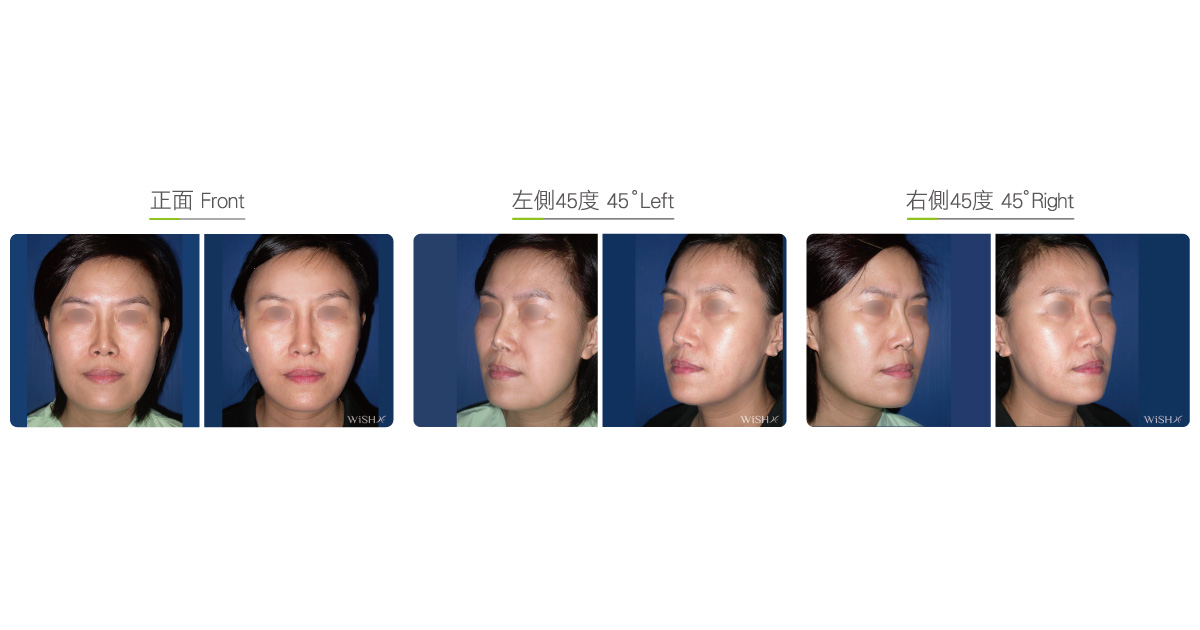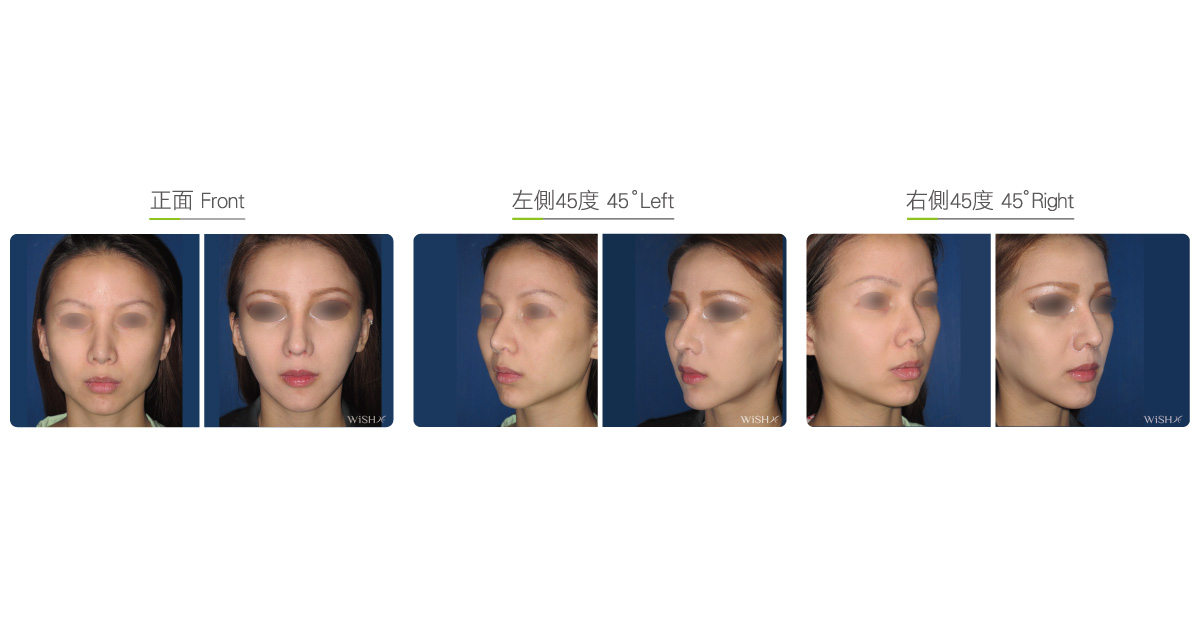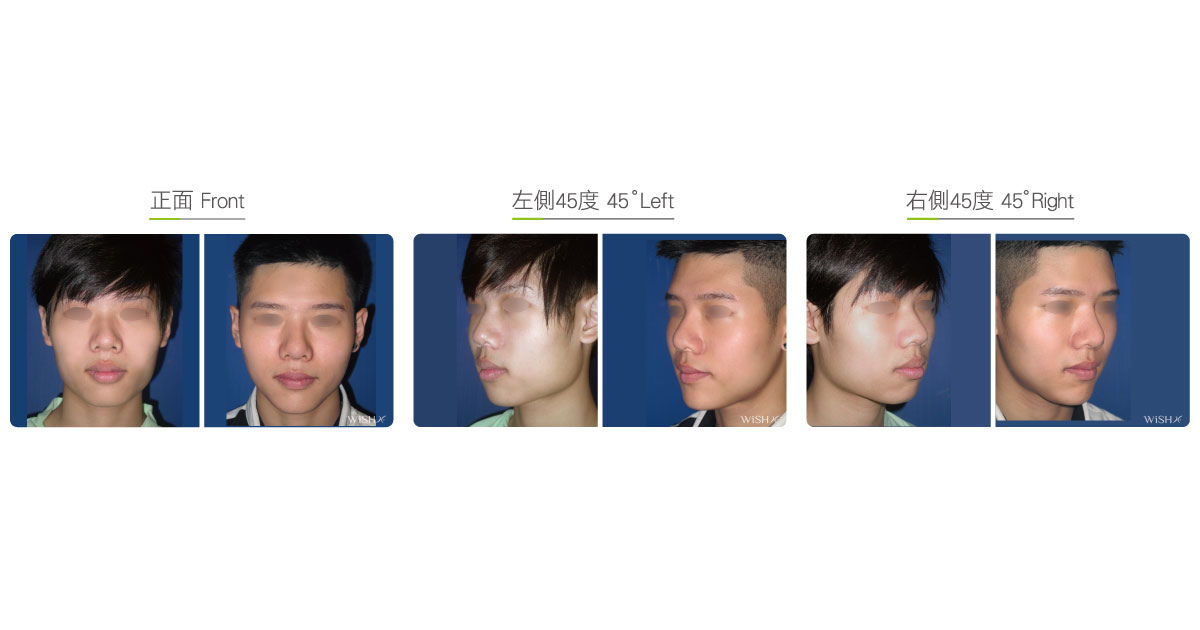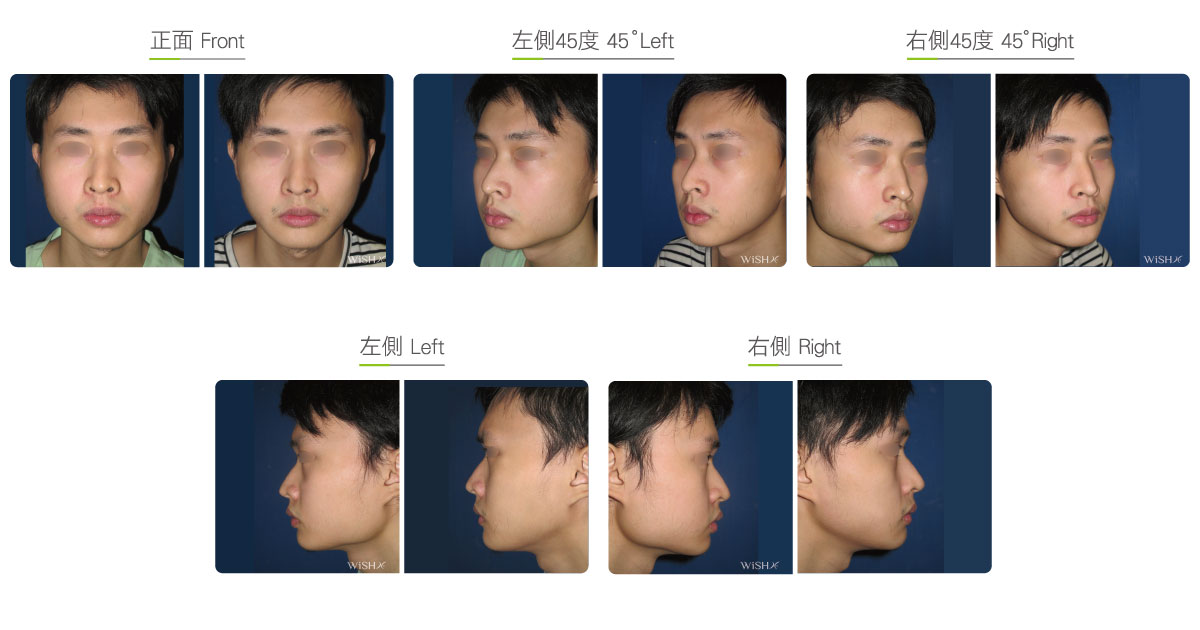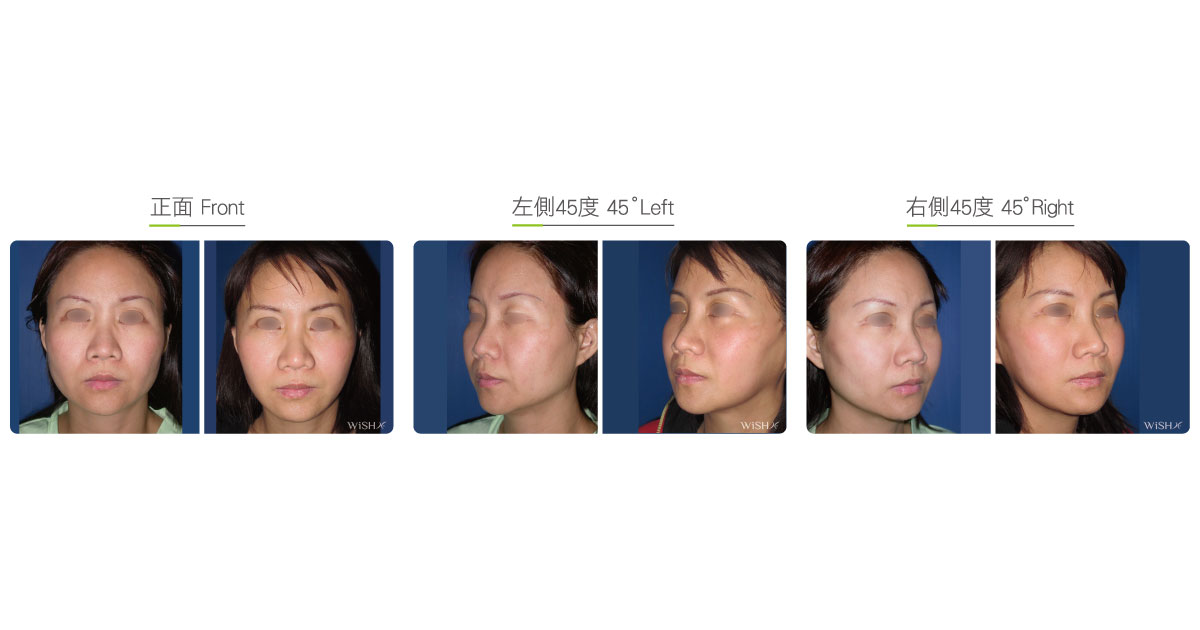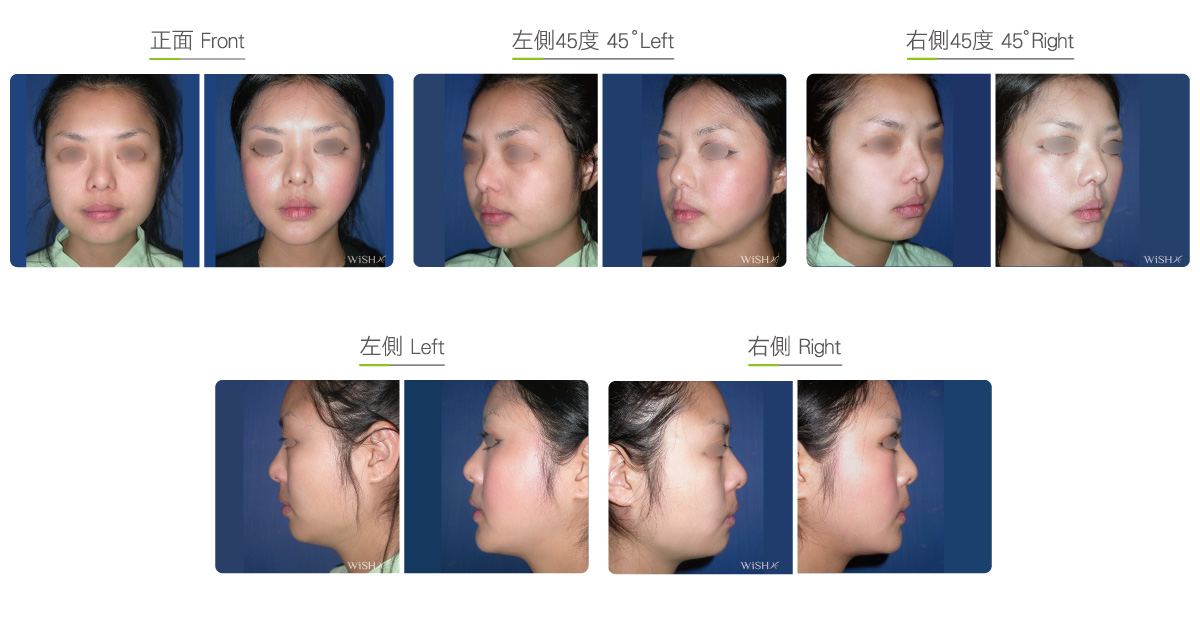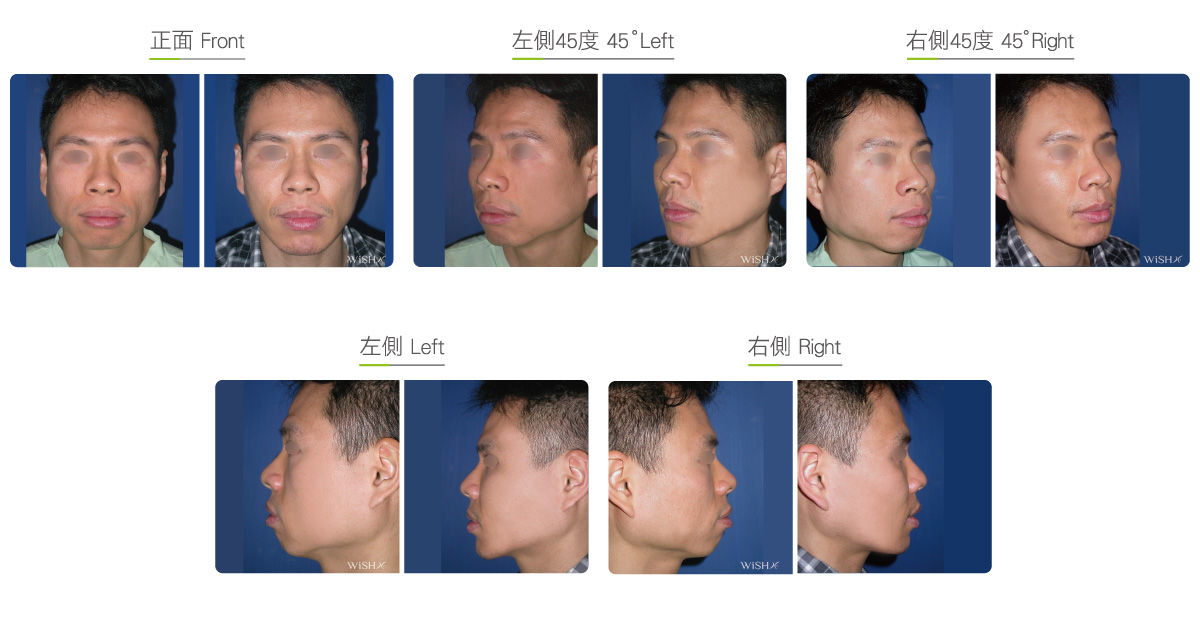Mandible Angle-Splitting Osteotomy
This is a novel and comprehensive mandible reduction procedure and is much more complete and more extensive than mandible angle resection. The range of this procedure will be from the mandible angle posterior to the mandible body, which connects with the chinbone (mandibular symphysis). Besides vertical resection of the protrusive mandible angle, Dr. Chuang uses a high-speed electric sawing system with a sagittal saw to longitudinally cut and remove the entire outer cortex of the mandible body (cortical osteotomy) and then performs the adjusting bone shaving procedure on the parts close to both sides of the chinbone. Thus, the maximum amount of the hypertrophic mandible bone and angle can be removed. This extensive surgery will not only remove the mandible angle to soften the jawline but also substantially reduce the width of the lower face in the front view by resecting approximately 3–5 cm of the outer cortex of the mandible body. With simultaneous masseter atrophy, the face width will be reduced by a maximum of 1.0–1.5 cm in total. Moreover, the original jawline can be effectively changed to a more “V-shaped” curve. This procedure can also be performed as part of an extensive V-line facial bone reduction involving chin reduction or genioplasty, which is an optimal solution to slim the face.
The advantages of this surgery are softening of the facial contour in the side view, similar to the single mandible angle resection, and reduction of width of the lower face, resulting in a “V-shaped” or pointed face. According to patients’ requirements, Dr. Chuang can simultaneously perform other procedures, such as chin implants or reduction genioplasty, to adjust the ratio of the lower face for making the entire face almost perfectly oval; thus, the procedure is highly personalized. Because the removal of the outer cortical bone only slightly impacts the entire strength of the mandible, this surgery will not lead to future potential sequelae such as osteoporosis or bone mass loss.。
Surgical conditions
Duration
- Type of anesthesia: General anesthesia
- Type of incision: Intraoral lower gum (4–5 cm)
- Recovery: 7–10 days
- Removal of stitches: N/A
General instructions
No food and water on the day of surgery
- Only a soft or fluid diet should be consumed for 2 weeks postoperatively.
- Extensive opening of mouth or consumption of very hard food and fruits should be avoided for 1 month postoperatively.
- Force on the face or squeezing of the face should be avoided for 3 months postoperatively.
- Over-chewing should be avoided to prevent hyperosteogeny or bone regrowth.
Ideal candidates
- Those with severe square-shaped or obviously wide faces (rectangular or “home plate” face).
- Those with severe round faces or fleshy chins (Maitreya Buddha’s face).
- Those who received other mandible bone cutting or angle resection but who present with unobvious results.
- Those who want perfect “V-shaped” or pointed faces.
- Those whose lower faces are too wide and long or with a protrusive chin (will be corrected by combined reduction genioplasty).
Potential complications
- Temporary or permanent chin numbness
- Asymmetric mouth movement
- Acute hemorrhage
- Hematoma
- Skin loosening
- Over-correction
Surgical advantages
-
Will effectively reduce lower face width in the front view; the result of slimming the face is drastic.
-
Will also improve the protrusive mandible angle and smooth jawline in the side view.
-
Will flexibly change the shape of the mandible and chinbone to reconstruct a V-shaped face.
-
The bone cannot easily grow back or restore because of extensive osteotomy.
-
Will correct asymmetric or uneven lower face (bone reduction on one side).
Surgical drawbacks
-
The operating time is long, and postoperative recovery is slow.
-
The extensive and deep plane surgery can cause serious bleeding during the operation.
-
The chin and mouth can have temporary or permanent numbness due to the extraction of the mental nerve.
-
Will cause temporary asymmetric mouth movement after surgery.
-
Will cause skin loosening around the chin and neck.
-
Will temporarily affect teeth sensitivity.

